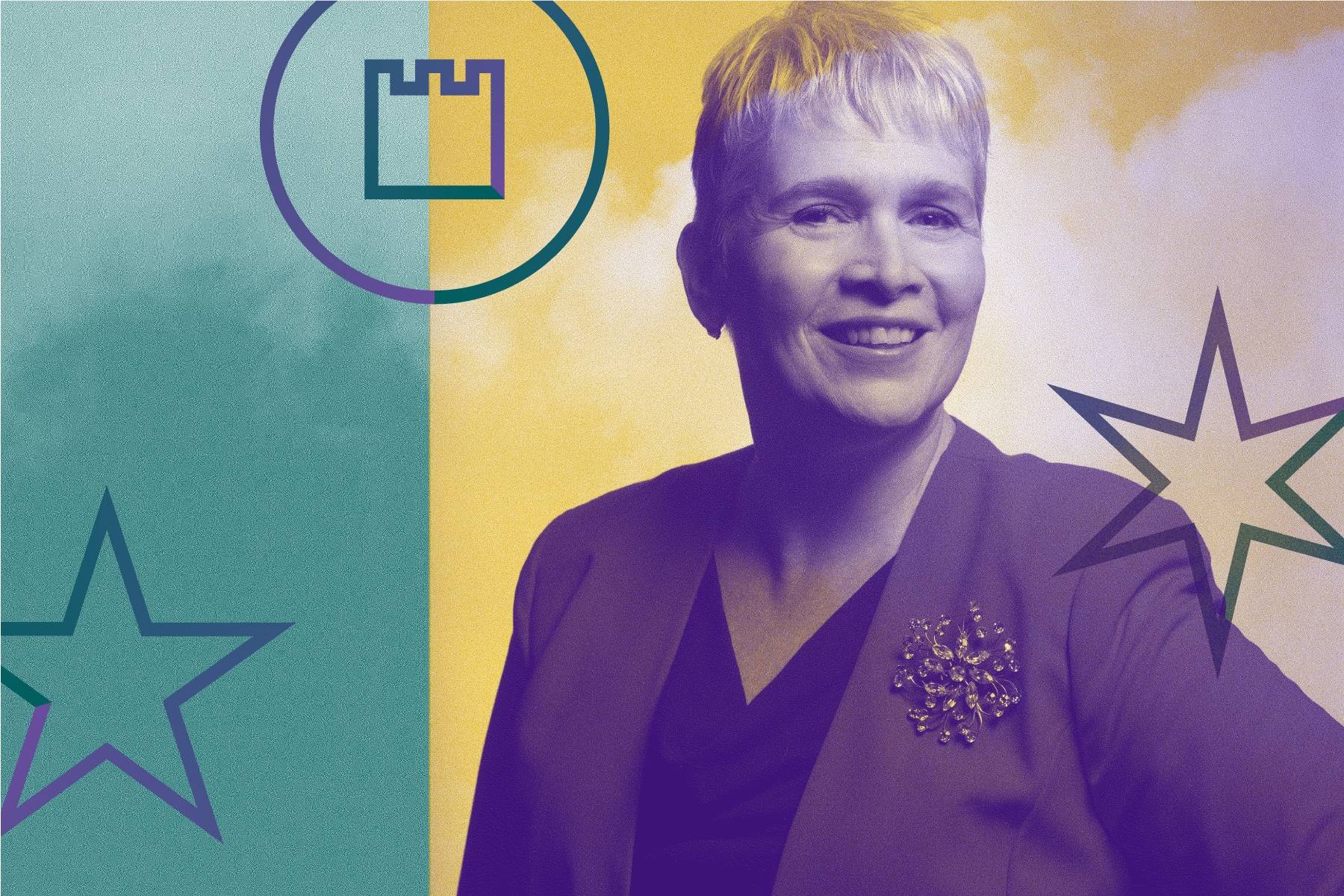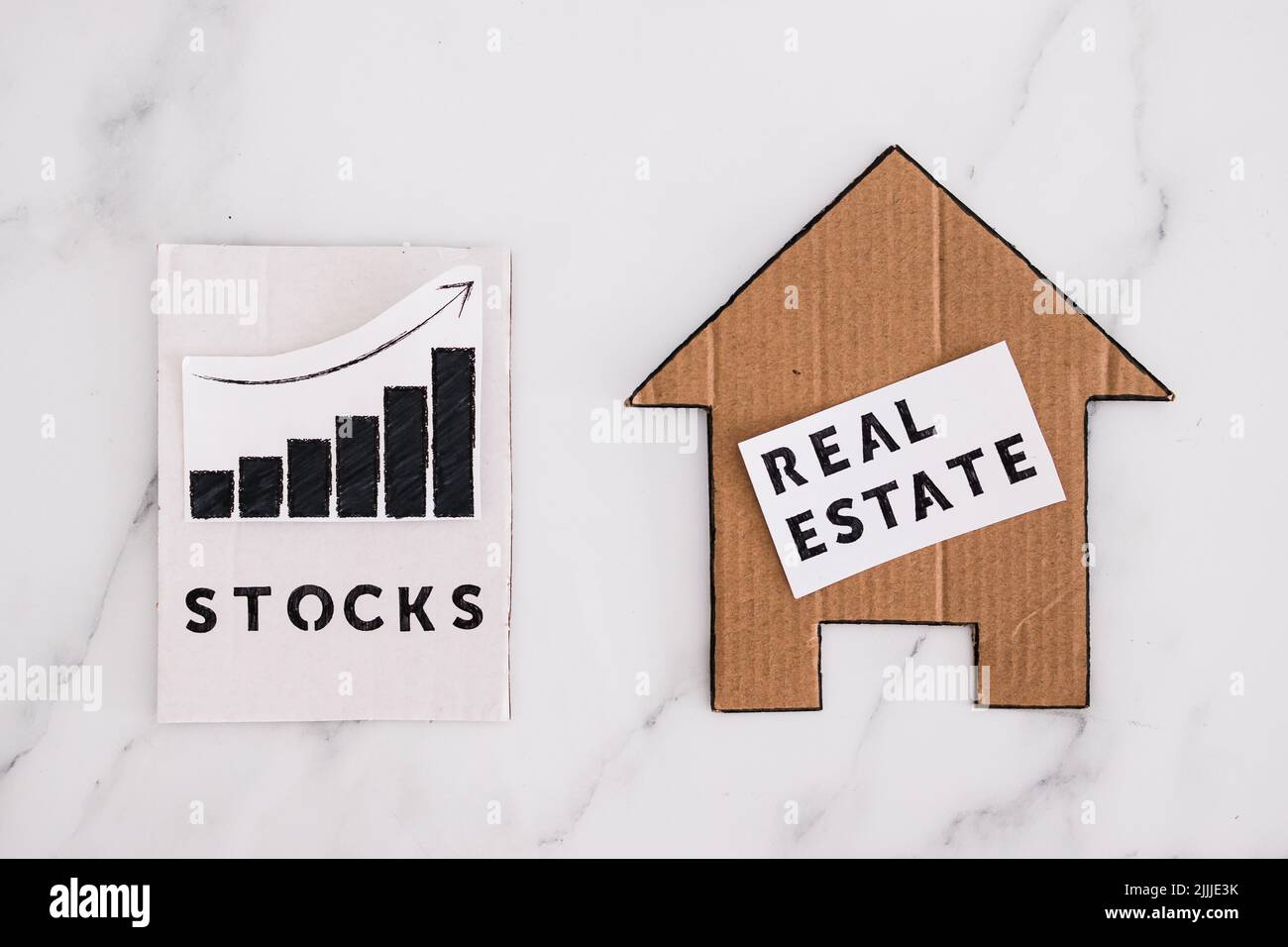
If you're new to the world of trading, it may be helpful to understand the basics of what is CFD. CFD stands out for contracts for differences and allows investors the ability to trade on many financial markets. Depending on the currency exchange rate, they can be traded on shares, commodities, or forex. You can read this article for more information on these contracts. We will also cover how to trade a share CFD.
CFD trading on shares
Share CFDs allow you to speculate on major brands or financial markets without actually owning shares. Instead of paying large amounts for shares, you only pay a small amount to purchase a contract which is only half the price. Once the contract has been sold, profits are based on its value. You can choose between different indices to measure the performance a group stock.

There are a few key differences between CFDs and shares. CFDs are different from share trading. CFDs can only be traded on margin. You can trade fractions of the actual asset value, but you don't have to own it. Shares must be purchased. CFDs also have high leverage. Although you can trade a share with as little as 5% of the full value, your losses can easily exceed your margin.
CFD trading of commodity commodities
It is essential that you know what commodities are being traded when you trade commodity CFDs. The supply or demand for a commodity may affect its price. The laws and regulations that affect the supply of commodities can make them more or less valuable. Your risk profile is key in deciding which commodity to trade. To ensure profitable trades, you need to be familiar with the instrument.
The benefits of trading a commodity CFD are numerous. It is a great way to manage risk without the need to invest in the physical commodity. Commodities are often volatile, and trading them as a CFD can provide you with a great deal of flexibility in how you trade. It allows you to hedge your investments, such stocks or currencies, that depend on the availability and price of a specific commodity. CFD trading allows you to use margins and automate trading.
Trade forex CFDs
Forex CFD trading is just like any other type of trading. There are important rules that must be followed. First, traders should understand how to open and close a trade. Trading on margin implies that the money that you risk in order to open a trading position is only part your total investment. You will use the difference in price between the opening and close prices to settle the trade. CFDs will allow you to only invest 5% of your capital. This makes it easy to put money into a position, without taking on any risk.

CFDs can offer several advantages. The main technical difference lies in ownership. CFDs are contracts that have an indexed price. Traditional currency traders buy and trade actual currencies. CFDs can be used to circumvent many of those problems that come with directly trading currencies such as differing tax and legislative frameworks. CFDs provide significant leverage and very low trading costs. CFDs offer traders a more flexible and convenient option than buying the asset.
FAQ
Are bonds tradable?
They are, indeed! You can trade bonds on exchanges like shares. They have been traded on exchanges for many years.
The main difference between them is that you cannot buy a bond directly from an issuer. You must go through a broker who buys them on your behalf.
Because there are less intermediaries, buying bonds is easier. This means that selling bonds is easier if someone is interested in buying them.
There are several types of bonds. Some pay interest at regular intervals while others do not.
Some pay quarterly interest, while others pay annual interest. These differences make it possible to compare bonds.
Bonds can be very helpful when you are looking to invest your money. Savings accounts earn 0.75 percent interest each year, for example. If you were to invest the same amount in a 10-year Government Bond, you would get 12.5% interest every year.
If all of these investments were accumulated into a portfolio then the total return over ten year would be higher with the bond investment.
How can someone lose money in stock markets?
The stock market isn't a place where you can make money by selling high and buying low. It is a place where you can make money by selling high and buying low.
The stock market is for those who are willing to take chances. They are willing to sell stocks when they believe they are too expensive and buy stocks at a price they don't think is fair.
They hope to gain from the ups and downs of the market. If they aren't careful, they might lose all of their money.
What is the trading of securities?
The stock market is an exchange where investors buy shares of companies for money. To raise capital, companies issue shares and then sell them to investors. Investors then sell these shares back to the company when they decide to profit from owning the company's assets.
Supply and demand are the main factors that determine the price of stocks on an open market. When there are fewer buyers than sellers, the price goes up; when there are more buyers than sellers, the prices go down.
There are two options for trading stocks.
-
Directly from your company
-
Through a broker
Statistics
- "If all of your money's in one stock, you could potentially lose 50% of it overnight," Moore says. (nerdwallet.com)
- Even if you find talent for trading stocks, allocating more than 10% of your portfolio to an individual stock can expose your savings to too much volatility. (nerdwallet.com)
- Our focus on Main Street investors reflects the fact that American households own $38 trillion worth of equities, more than 59 percent of the U.S. equity market either directly or indirectly through mutual funds, retirement accounts, and other investments. (sec.gov)
- Ratchet down that 10% if you don't yet have a healthy emergency fund and 10% to 15% of your income funneled into a retirement savings account. (nerdwallet.com)
External Links
How To
How to open an account for trading
To open a brokerage bank account, the first step is to register. There are many brokers that provide different services. Some brokers charge fees while some do not. The most popular brokerages include Etrade, TD Ameritrade, Fidelity, Schwab, Scottrade, Interactive Brokers, etc.
After you have opened an account, choose the type of account that you wish to open. You should choose one of these options:
-
Individual Retirement accounts (IRAs)
-
Roth Individual Retirement Accounts
-
401(k)s
-
403(b)s
-
SIMPLE IRAs
-
SEP IRAs
-
SIMPLE 401 (k)s
Each option has its own benefits. IRA accounts are more complicated than other options, but have more tax benefits. Roth IRAs allow investors to deduct contributions from their taxable income but cannot be used as a source of funds for withdrawals. SIMPLE IRAs are similar to SEP IRAs except that they can be funded with matching funds from employers. SIMPLE IRAs are simple to set-up and very easy to use. They enable employees to contribute before taxes and allow employers to match their contributions.
The final step is to decide how much money you wish to invest. This is also known as your first deposit. Most brokers will give you a range of deposits based on your desired return. For example, you may be offered $5,000-$10,000 depending on your desired rate of return. The lower end of the range represents a prudent approach, while those at the top represent a more risky approach.
After deciding on the type of account you want, you need to decide how much money you want to be invested. Each broker will require you to invest minimum amounts. These minimum amounts vary from broker-to-broker, so be sure to verify with each broker.
Once you have decided on the type of account you would like and how much money you wish to invest, it is time to choose a broker. Before choosing a broker, you should consider these factors:
-
Fees – Make sure the fee structure is clear and affordable. Many brokers will offer rebates or free trades as a way to hide their fees. However, some brokers raise their fees after you place your first order. Don't fall for brokers that try to make you pay more fees.
-
Customer service - Look for customer service representatives who are knowledgeable about their products and can quickly answer questions.
-
Security - Look for a broker who offers security features like multi-signature technology or two-factor authentication.
-
Mobile apps: Check to see whether the broker offers mobile applications that allow you access your portfolio via your smartphone.
-
Social media presence - Check to see if they have a active social media account. If they don’t have one, it could be time to move.
-
Technology - Does it use cutting-edge technology Is the trading platform easy to use? Are there any problems with the trading platform?
After choosing a broker you will need to sign up for an Account. Some brokers offer free trials while others require you to pay a fee. Once you sign up, confirm your email address, telephone number, and password. Next, you'll have to give personal information such your name, date and social security numbers. Finally, you'll have to verify your identity by providing proof of identification.
Once you're verified, you'll begin receiving emails from your new brokerage firm. These emails will contain important information about the account. It is crucial that you read them carefully. For instance, you'll learn which assets you can buy and sell, the types of transactions available, and the fees associated. You should also keep track of any special promotions sent out by your broker. These could be referral bonuses, contests or even free trades.
The next step is to open an online account. An online account is typically opened via a third-party site like TradeStation and Interactive Brokers. Both of these websites are great for beginners. When opening an account, you'll typically need to provide your full name, address, phone number, email address, and other identifying information. After you submit this information, you will receive an activation code. This code is used to log into your account and complete this process.
After opening an account, it's time to invest!